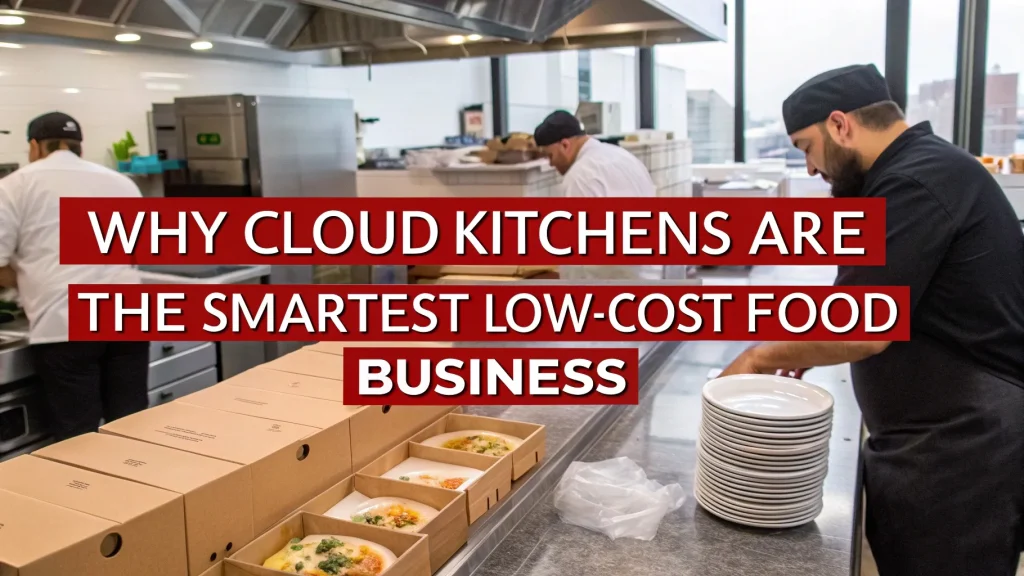Starting a mini cement plant can be a lucrative business idea, especially in a developing country like India where infrastructure is growing rapidly. Cement is a basic construction material used in every building, road, or bridge project. However, launching a full-scale cement manufacturing plant requires heavy investment, resources, and planning. That’s why a mini cement plant has emerged as a cost-effective and practical alternative for small and medium-scale entrepreneurs. This comprehensive guide will take you through every step of starting a mini cement plant business.
Why Invest in a Mini Cement Plant?
A mini cement plant is a scaled-down version of a large cement manufacturing unit. It typically has a production capacity ranging from 50 to 500 tonnes per day (TPD). Unlike large cement plants that require massive infrastructure and high operational costs, mini cement plants can be established with moderate investment, making it ideal for emerging entrepreneurs.
Market Demand & Scope
The demand for cement is directly linked to construction activities. With ongoing government initiatives in housing, road building, rural infrastructure, and smart cities, the demand for cement is likely to remain high. Mini cement plants can target local markets where large companies do not reach efficiently. These units help in reducing transportation costs and ensuring timely delivery of fresh cement.
In rural and semi-urban areas, a mini cement plant can become a key supplier for nearby projects. By operating in niche or underserved markets, entrepreneurs can carve out a profitable business.
Advantages of Setting Up a Mini Cement Plant
-
Lower Investment: Compared to a full-sized cement plant, a mini cement plant requires significantly less capital.
-
Faster ROI: Due to lower setup costs, returns on investment can be achieved more quickly.
-
Flexibility in Operations: Mini cement plants are easy to manage and can be customized based on local demand.
-
Employment Generation: These plants create job opportunities at the local level, contributing to economic development.
-
Environmental Benefits: With modern technology, mini plants can be made more energy-efficient and less polluting.
Step-by-Step Guide to Start a Mini Cement Plant
1. Market Research & Feasibility Study
Begin by conducting thorough research on your target location, competition, and demand. Identify nearby construction projects, builders, and retailers who might require cement. Evaluate the cost of raw materials, land, electricity, and labor in your area. A feasibility study is essential to determine whether a mini cement plant is viable for your region.
2. Business Plan & Legal Approvals
Prepare a detailed business plan outlining your investment, production capacity, target market, raw material sources, pricing strategy, and ROI projections. Register your business and obtain necessary licenses:
-
Company registration (Private Limited, LLP, or Proprietorship)
-
Pollution control clearance from SPCB (State Pollution Control Board)
-
Factory license
-
GST registration
-
Mining lease (if sourcing limestone)
3. Select Location & Land Acquisition
Choose a location with proximity to limestone sources (a key raw material), availability of water, electricity, and easy transportation access. The land size will depend on your plant capacity, usually ranging from 2 to 5 acres for a mini cement plant.
4. Technology & Machinery Setup
Modern mini cement plants use dry or semi-dry manufacturing processes that consume less power and are more environment-friendly. Key machinery required includes:
-
Crushers (for limestone crushing)
-
Preheaters and kilns
-
Cement mills
-
Storage silos
-
Packaging machines Choose high-efficiency machinery to minimize energy costs and improve production quality.
5. Raw Material Sourcing
Main raw materials include:
-
Limestone (calcium carbonate)
-
Clay
-
Gypsum
-
Iron ore or bauxite (for silica and alumina content) Ensure long-term contracts with local suppliers or obtain mining rights to secure uninterrupted raw material supply.
6. Hire Skilled Workforce
Recruit skilled and semi-skilled workers for different departments like production, quality control, packaging, and maintenance. A mini cement plant typically requires 25–50 employees depending on capacity.
7. Production Process
The simplified process involves:
-
Crushing and pre-homogenization
-
Raw material grinding
-
Clinker production in the kiln
-
Cooling and storage
-
Cement grinding
-
Packaging and dispatch Use advanced systems to monitor quality at every stage.
8. Branding and Marketing
Create a strong brand identity for your mini cement plant. Focus on product quality, reliability, and customer service. Tie up with local builders, retailers, and infrastructure contractors. Offer competitive pricing, early delivery, and bulk supply discounts to increase your market share.
9. Distribution and Logistics
Cement is heavy and bulky. Efficient logistics is key to profitability. Use small trucks or tractors for last-mile delivery. Establish local depots or warehouses to ensure quick dispatch. GPS tracking and digital order systems can optimize logistics.
10. Financial Planning and Funding
Cost to set up a mini cement plant may vary from ?2 crores to ?20 crores depending on capacity. Funding options include:
-
Personal savings
-
Bank loans
-
MSME loans
-
Government subsidies for rural industries
-
Angel investors or private equity
Keep operating costs in check with energy-saving practices, local sourcing, and preventive maintenance.
Challenges and How to Overcome Them
-
Regulatory Compliance: Stay updated with local environmental and safety norms. Partner with consultants for timely clearances.
-
Raw Material Fluctuations: Lock prices through long-term contracts or diversify sources.
-
Competition: Offer niche products like rapid-setting cement, eco-friendly options, or customized packaging.
-
Skilled Labor Shortage: Invest in training and build loyalty through incentives.
Profit Margin and Growth Potential
A mini cement plant can earn margins ranging from 15% to 25% based on scale and efficiency. With consistent production and marketing, break-even can be achieved in 2–3 years. Over time, you can expand your product line to include concrete blocks, ready-mix cement, or even set up additional plants in other locations.
Sustainability also plays a role in growth. Use alternative fuels, waste heat recovery systems, and recycled materials to make your mini cement plant greener and more efficient.
Future Outlook
The mini cement plant business is poised for sustained growth due to increasing urbanization, government spending on infrastructure, and rural development. Entrepreneurs who can manage costs, maintain quality, and build strong networks will find long-term success.
As the construction sector diversifies into smart homes, green buildings, and high-rise projects, the need for customized and quality cement will rise—giving your mini cement plant a unique market opportunity.
Conclusion
A mini cement plant is more than just a small version of a cement factory—it is a smart, scalable business solution in a fast-growing economy. With the right strategy, location, technology, and marketing plan, you can tap into the booming construction sector and build a profitable, impactful venture. Whether you’re looking to serve rural India or develop a regional brand, a mini cement plant can pave the way for entrepreneurial success.
Visit the page Select and Choose the Right Business Startup for You for sorting out the questions arising in your mind before starting any business and know which start-up you can plan. We, at NPCS, endeavor to make business selection a simple and convenient step for any entrepreneur/startup. Our expert team, by capitalizing on its dexterity and decade’s long experience in the field, has created a list of profitable ventures for entrepreneurs who wish to diversify or venture. The list so mentioned is updated regularly to give you a regular dose of new emerging opportunities.




